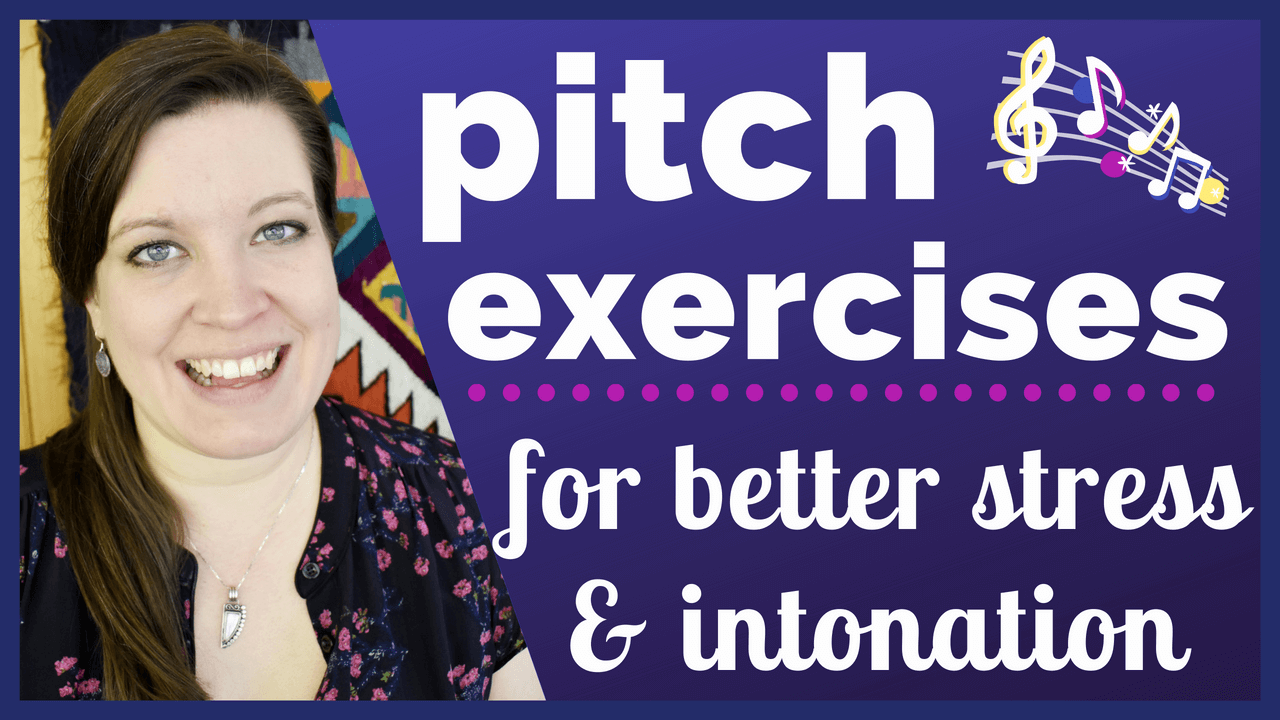Rising Intonation in American English | Use Rising Tone in Yes/No Questions and More
Ready to learn how to use rising intonation? In this article and video, we’re going to talk about how to use rising intonation in order to ask questions in American English. At the end, you’ll also learn the many other reasons that you may hear native speakers use rising intonation when speaking English. While falling intonation is the most common intonation pattern in American English, rising intonation is the most versatile. In order to … Read the article and watch the video lesson





